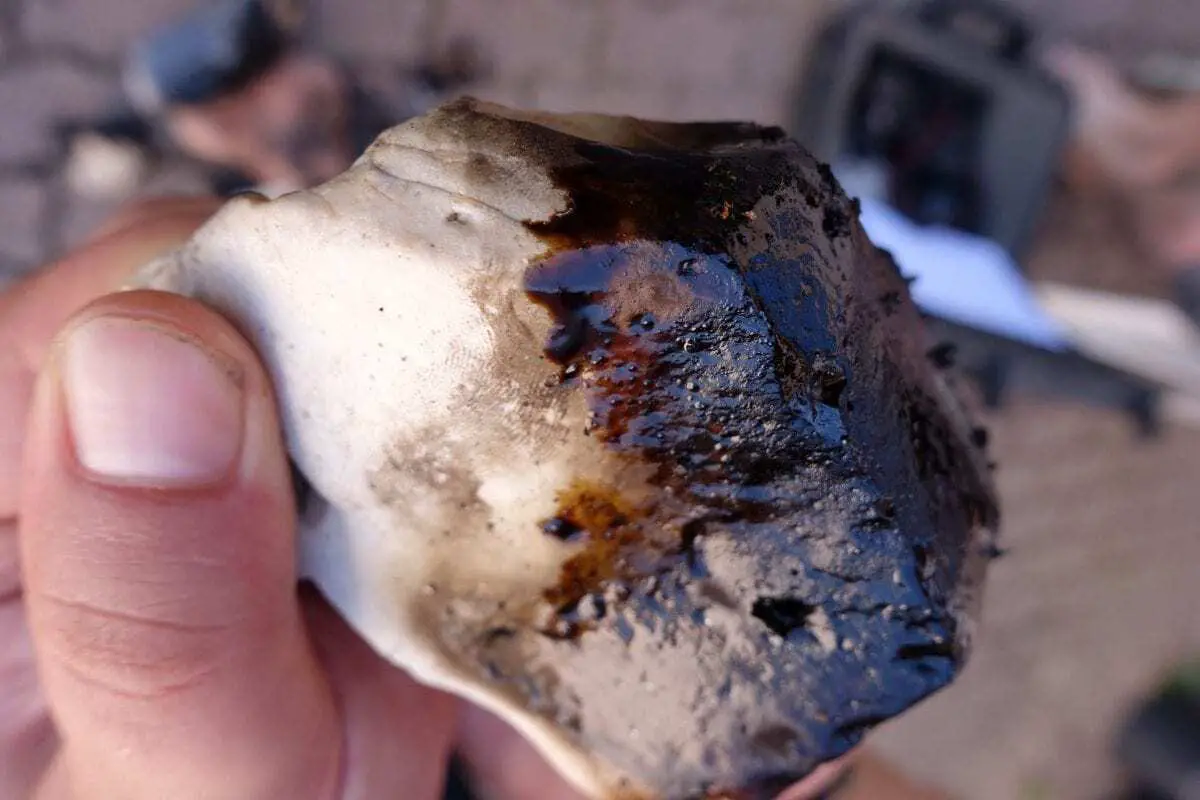Neanderthals and other early humans were able to produce a tarry glue from birch bark; this was long considered proof of a high level of cognitive and cultural development.
Neanderthals used birch tar as an adhesive to attach stone scrapers or points to wooden handles to make tools. Researchers long believed that birch tar could only be produced in a complex process in which the bark of the tree had to be heated in the absence of air. However, an international research team led by Dr. Patrick Schmidt and Dr. Claudio Tennie from the Institute of Early Prehistory and Quaternary Ecology at the University of Tübingen has shown that there is a very simple way to make this useful glue. The study has been published in the latest edition of Proceedings of the National Academy of Sciences (PNAS).
In their quest to produce birch tar, other researchers experimented with pits, clay structures, ash mounds, and metal and ceramic vessels. “That is the only way to ensure that the birch bark is heated in the absence of oxygen,” says Patrick Schmidt. However, it was not known which tools the Neanderthals had at their disposal and how they could have acquired and passed on such complex knowledge.
Everyday materials
The researchers experimented instead with ordinary materials which were around in the Stone Age. They collected cut fresh birch bark or collected dead bark in the forest and burned it near flat river stones. After three hours, the process yielded a usable amount of a black sticky material. The tar could easily be scraped off the surface of the stones. “The tar had similar molecular characteristics to archaeological samples we have from Neanderthal sites. More importantly, it formed a stronger glue than tar produced in more complex oxygen-free processes,” says Schmidt.
In order to test its adhesive strength, the researchers used the pitch to stick a stone scraper to a wooden handle; they were able to use it to scrape the tough outer membrane from the thigh bone of a calf. “The adhesive effect did not wear off,” said the co-author of the study, Matthias Blessing from the Tübingen research team. The researchers say this method of making birch tar is so simple that early humans could have easily discovered it by accident in the course of their everyday activities. All that was needed was a fire and birch bark over a smooth surface of stones or bones. “It may be that this knowledge was not passed on directly, but that adhesive effect of the birch residues was re-discovered several times,” Claudio Tennie speculates.
The production and use of birch pitch can therefore no longer serve as an indicator of modern or complex behavior. “This takes away one key argument in the ongoing debate over the cognitive and cultural abilities of Neanderthals. The fact that they may already have been highly developed must be proven in other ways,” Schmidt says.
Header Image – After the burning of birch bark the stone is covered with tar. Photo: Claudio Tennie





